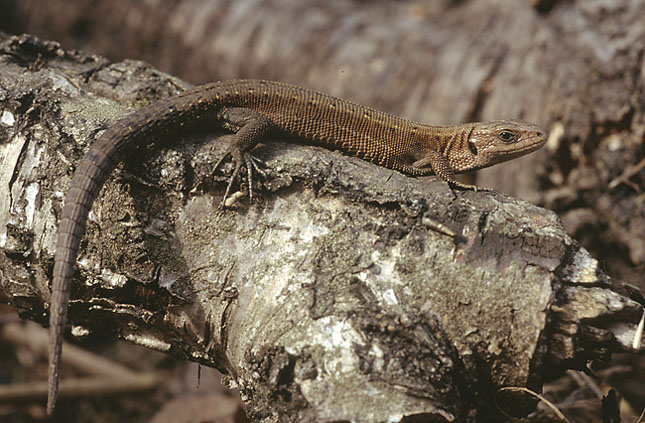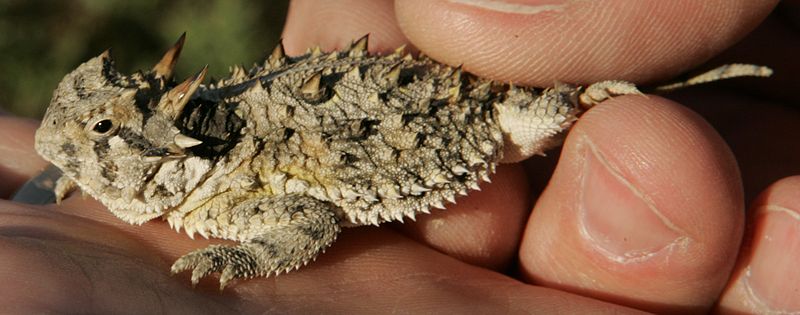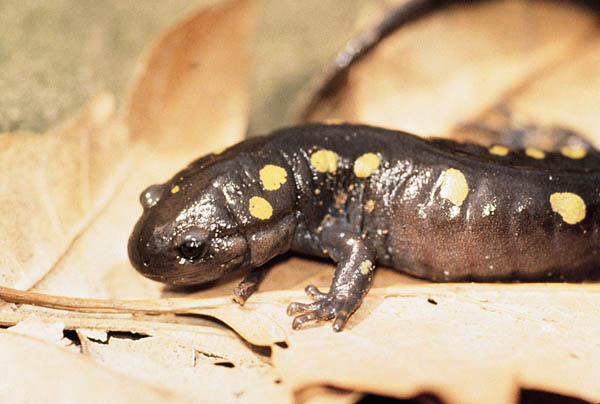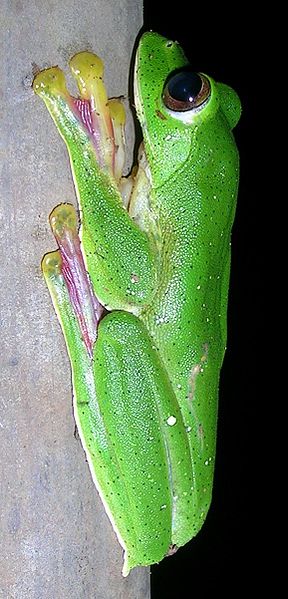 Several newly-discovered lizards and unexpected lizard facts made herp headlines in 2010. From a female-only species to a 6-foot-long, brightly-colored new monitor, each gave us pause to wonder…”what’s next?!
Several newly-discovered lizards and unexpected lizard facts made herp headlines in 2010. From a female-only species to a 6-foot-long, brightly-colored new monitor, each gave us pause to wonder…”what’s next?!
Two Large Monitors
Undiscovered animals tend to be small and non-descript, but not so with Asia’s new contributions to the lizard role call. The Northern Sierra Madre Forest Monitor, Varanus bitatawa, described last year from northern Luzon in the Philippines,is both large – to 6 feet in length – and colorful. Actually, it remained undetected only to herpetologists…local people have been eating it for quite some time. The newly described giant is arboreal and feeds largely upon fruit. Read More »
 That Reptile Blog – Reptile, Amphibian and Exotic Pet Care and Information
That Reptile Blog – Reptile, Amphibian and Exotic Pet Care and Information




